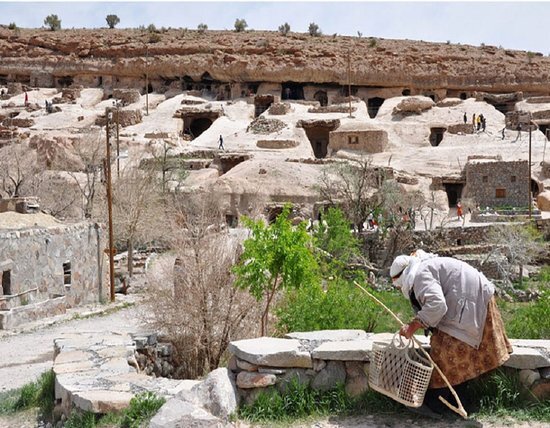Story of old village attributed to Persian troglodytes

TEHRAN - The term “cave dwellers” conjures up prehistoric images of rocky shelters as primary habitations for the human being.
The UNESCO-registered Maymand is an ancient site of rocky manmade shelters in southern Iran, where people made a living about five or six millennia ago.
Sandwiched between a desert and a mountain, Maymand has cold winters and exceedingly hot summers yet abundant with mulberry and blackberry trees.
Living conditions in the village are considered severe due to the aridity of the land, high temperatures in the summer, and very cold winters.
It is believed to be one of the most important human abodes in the country as its history dates back to around 10,000 years ago. Some of the natural and man-made caves are still used for accommodation and shelter.
The houses of the continuously inhabited village are carved into mountain-like caves. The interior spaces have corridors and pillars with rural architecture. The houses are four or five floors above each other.
Evidence suggests that the first inhabitants did not use a hammer and chisel, but a type of local pointed stone hard enough to carve images into rocks. This carving method is still practiced in the region. Some of the stone carvings in the village date back 10,000 years.
Nowadays, the majority of inhabitants are semi-nomadic shepherds. They raise animals on mountain pastures, living in temporary settlements in spring and autumn.
AM
